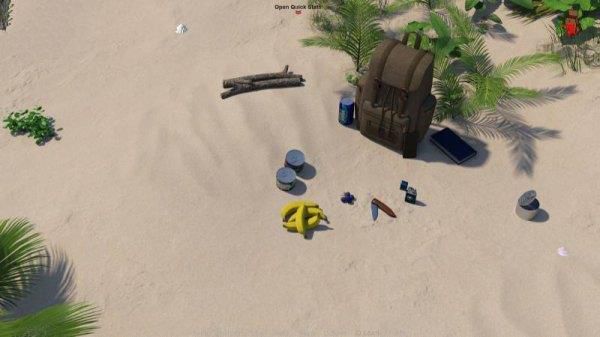Digital Foundry has released the final technical specifications for the Nintendo Switch 2, shedding light on the system’s hardware capabilities and performance expectations. Among the most notable revelations is the impact of the newly introduced GameChat feature, which reportedly places a "significant" demand on system resources—raising concerns among developers.
During the recent Nintendo Direct presentation, Nintendo unveiled GameChat, an innovative multiplayer function that activates with a press of the C button on the new Joy-Con controllers. This feature enables players to watch each other play the same or different titles, with real-time video feeds made possible through an integrated camera. A built-in microphone ensures voice communication remains clear across varying gaming environments, positioning GameChat as a seamless, all-in-one solution for social gameplay. Nintendo appears to be betting big on this feature as part of its strongest online initiative in years.
According to Digital Foundry, Nintendo has equipped developers with a GameChat testing tool that simulates API latency and L3 cache misses experienced under real-world conditions. This allows developers to assess GameChat's impact without needing live sessions, streamlining the optimization process.
The question remains whether end-user performance is affected by GameChat being active or inactive. If GameChat operates within the system’s reserved resource allocation, there should be no noticeable difference. However, the existence of emulation tools implies some level of performance overhead that developers must account for during optimization.
As Digital Foundry noted: “We’ll be interested to see how GameChat may (or may not) impact game performance as this does seem to be an area of developer concern.” The full extent of this impact won’t be known until the Nintendo Switch 2 launches on June 5.
Nintendo Switch 2 Final Tech Specifications
The system memory configuration shows a significant portion is reserved for system operations. Specifically, 3GB of memory is allocated to the system, leaving 9GB available for games—a major increase compared to the original Switch, which had a 0.8GB system reservation and only 3.2GB available for game development.
This shift indicates a more powerful foundation for game design, although developers still don't have full access to the GPU, as some processing power is reserved for system-level tasks such as GameChat and OS functions.
Nintendo Switch 2 System and Accessories Gallery
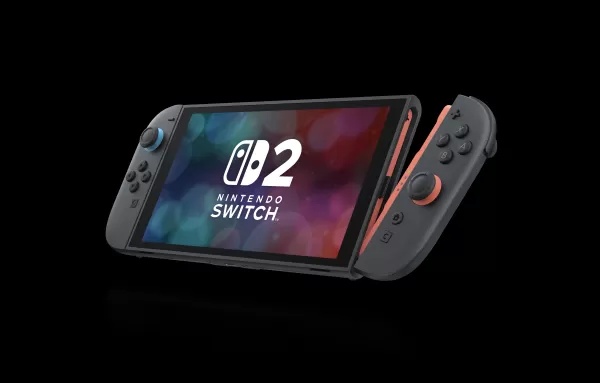
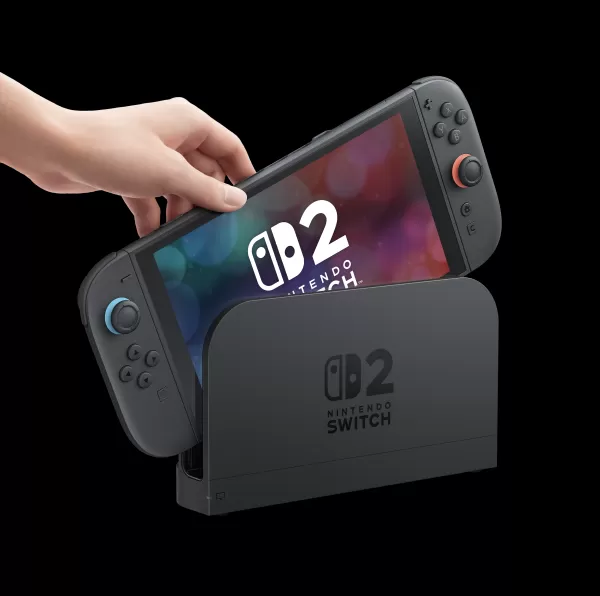 View 91 Images
View 91 Images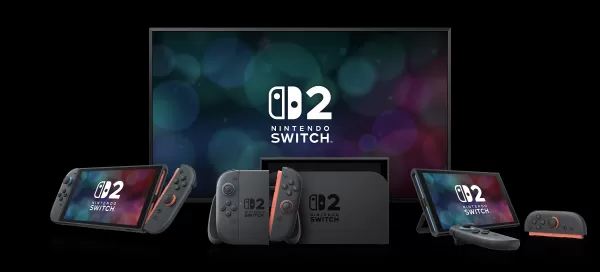
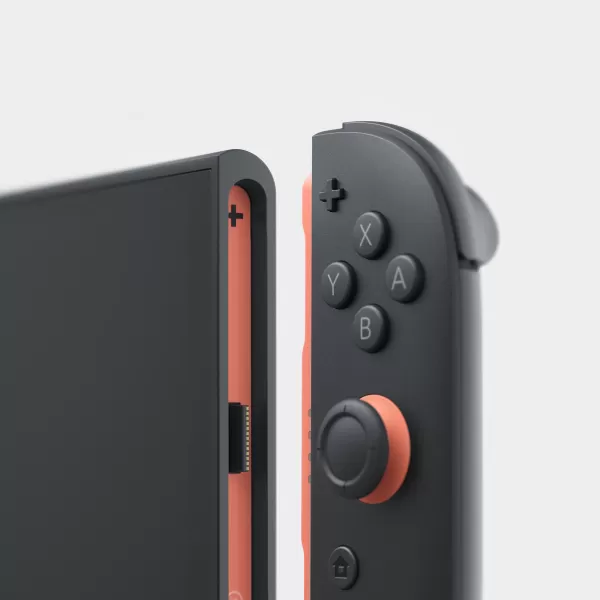
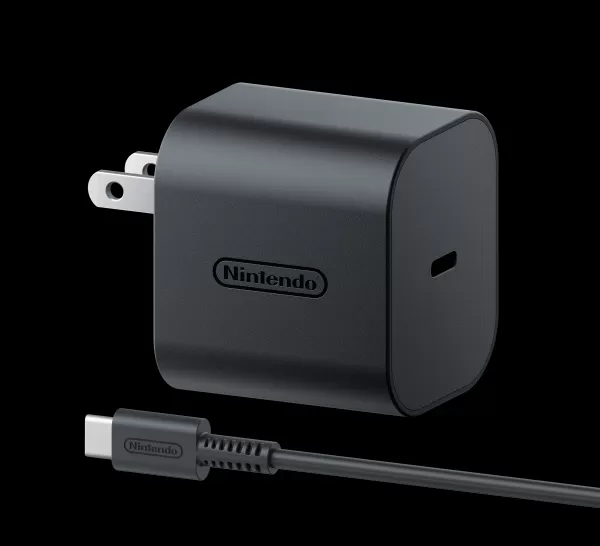
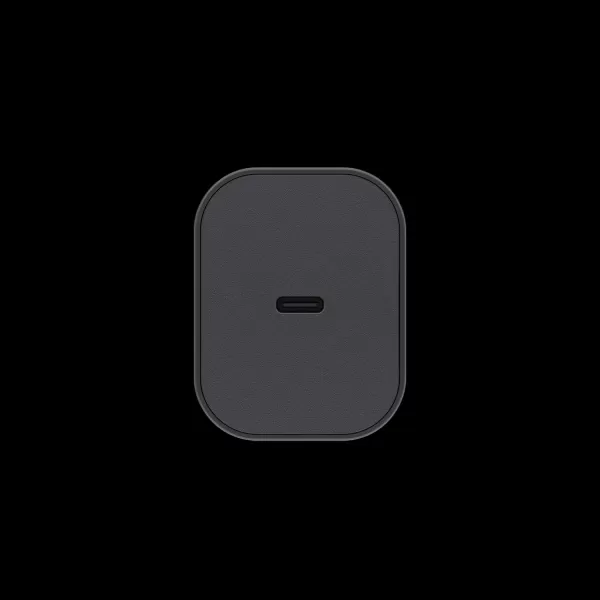
The Nintendo Switch 2 features a substantial visual upgrade over its predecessors, including a 7.9-inch wide color gamut LCD screen capable of outputting at 1080p resolution (1920x1080). This marks a considerable improvement from the original Switch’s 6.2-inch display, the Switch OLED’s 7-inch panel, and the Switch Lite’s compact 5.5-inch screen.
Additionally, the device supports HDR10 and Variable Refresh Rate (VRR) up to 120Hz, allowing compatible games to run at up to 120 frames per second when supported by both the title and the player’s setup.
When docked into the new Nintendo Switch 2 docking station, the console can output games at 4K resolution (3840x2160) at 60fps, or at 1080p (1920x1080) or 1440p (2560x1440) resolutions at up to 120fps. These enhanced graphical capabilities are powered by a custom NVIDIA processor, reinforcing Nintendo’s commitment to improved visuals and performance.
For those eager to dive deeper, Digital Foundry’s full breakdown of the Nintendo Switch 2 tech specs offers even more insights and is highly recommended reading for developers and tech enthusiasts alike.





